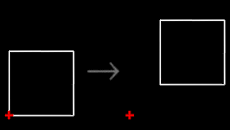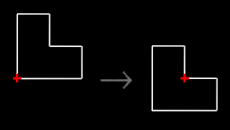The purpose of this course is to introduce spatial grammars and their applications, primarily to design and composition. The emphases, for the most part, will be on the formal and informal aspects of grammars, evolution of grammatical ideas, their relevance, application and use in the analyses of ‘styles’, synthesis of‘form’, and incorporation of ‘function‘, and not least, in how to teach grammars to a computer. |
  |
STRUCTURE ORDER CHAOS AMBIGUITY EMERGENCE MEANING |
|||||
 |  |
 |  |
 | ||
| from the work of Professor Terry Knight, MIT | ||||||

